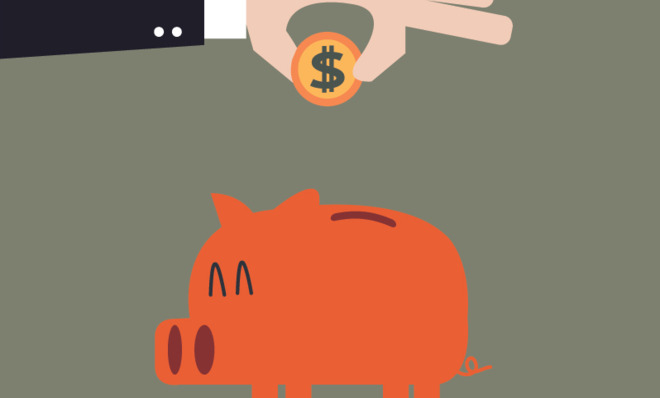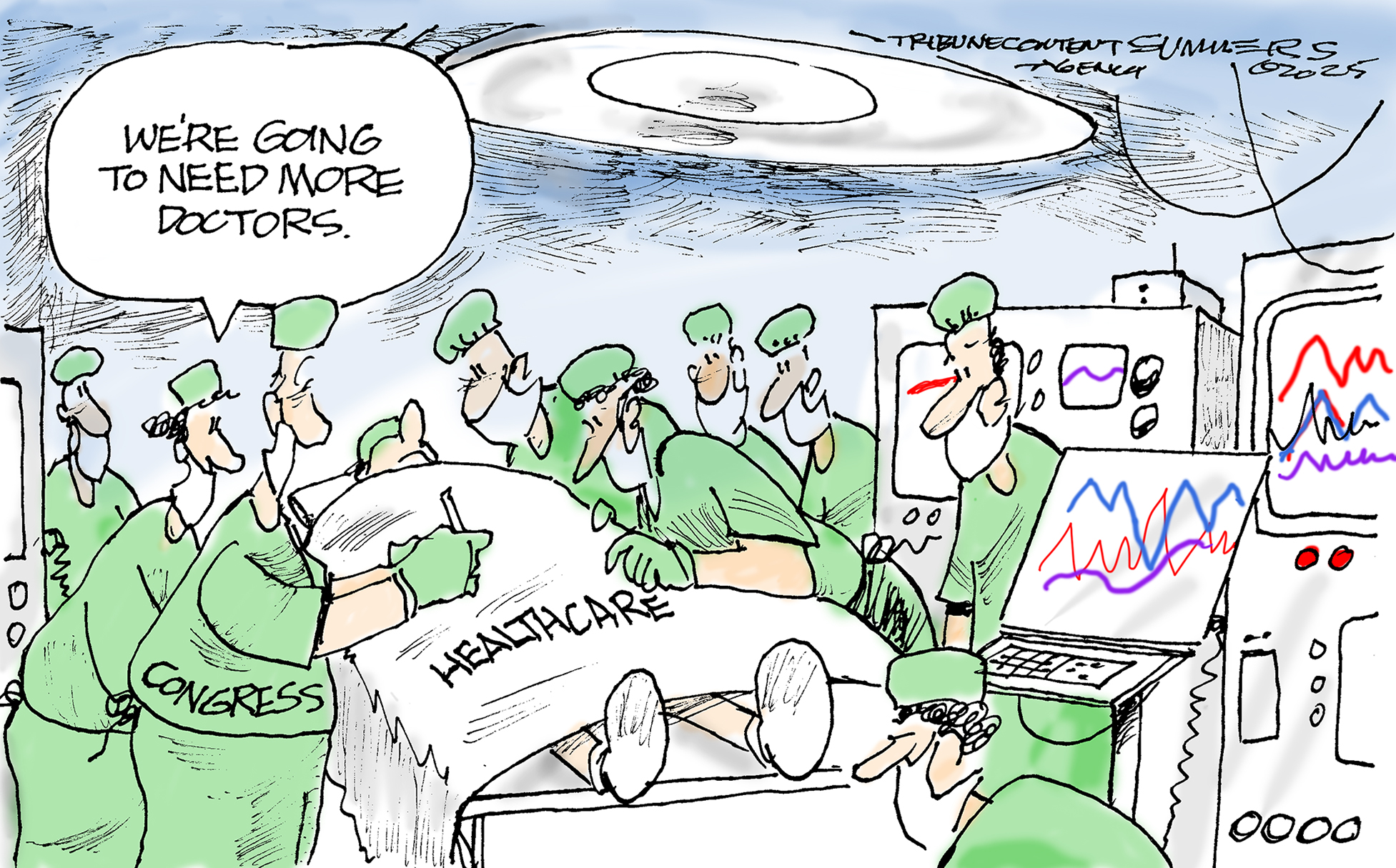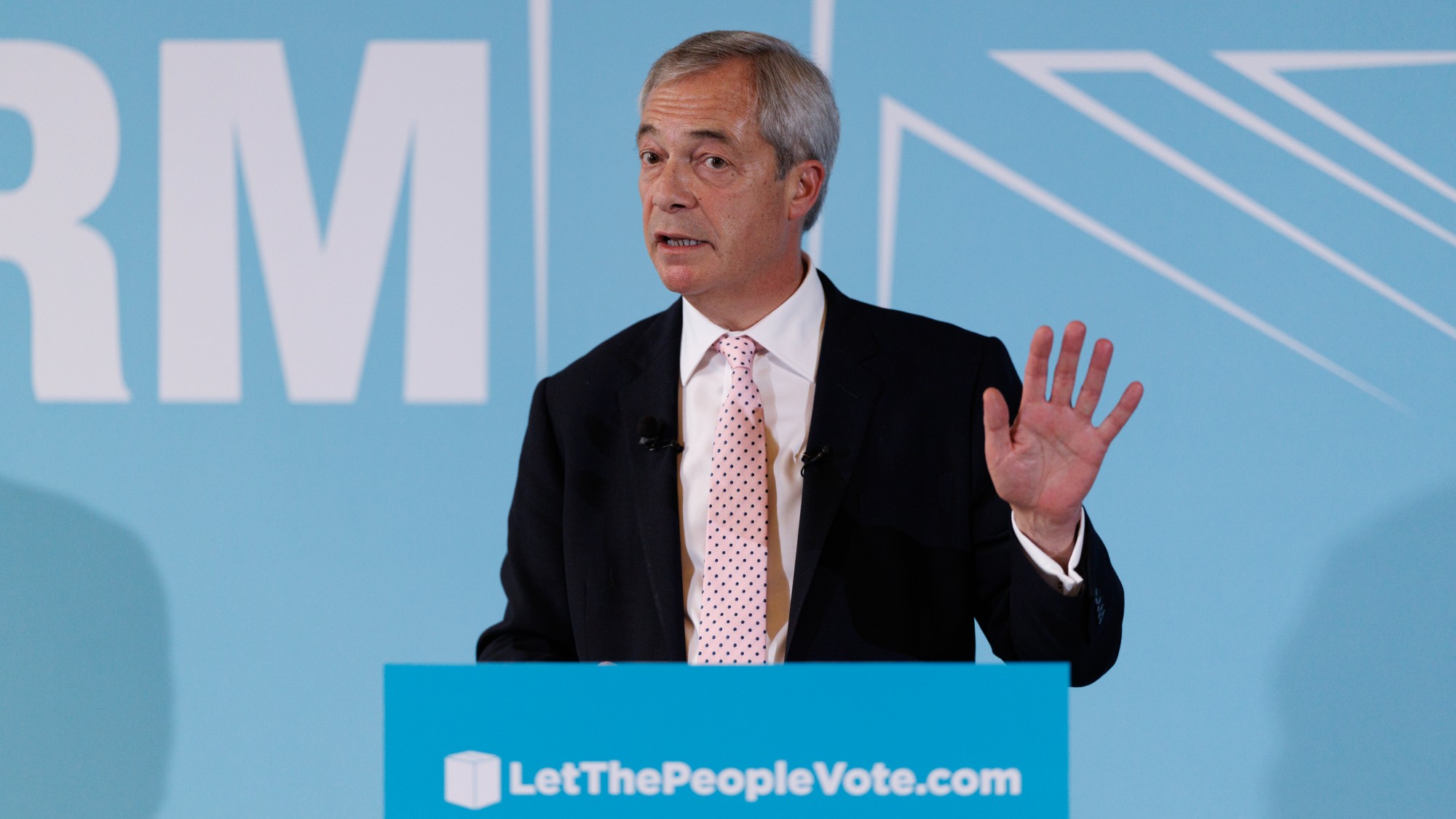How saving endangers the economy — and what to do about it
With everyone sitting on piles of cash, it's time for the U.S. government to step in and spend — national debt be damned

An impressive video featuring former Treasury Secretary Larry Summers has been making the rounds.
Summers makes the case that the United States and other Western nations may have reached a state of permanent stagnation in growth and employment. In Japan, per capita incomes grew strongly until the 1990s, and since then they have been growing very weakly and intermittently. Summers cites Japan as an early example of what might occur elsewhere.
Japan's stagnation is shocking — today, the Japanese economy is only half the size economists in the 1990s predicted it would be if it had continued on its pre-1990s growth trend. As Summers notes, in the U.S., growth is also well below its pre-crisis trend, and unemployment remains persistently high. More than 12 million people who want work and are actively looking cannot find it. That's a very ugly situation.
The Week
Escape your echo chamber. Get the facts behind the news, plus analysis from multiple perspectives.

Sign up for The Week's Free Newsletters
From our morning news briefing to a weekly Good News Newsletter, get the best of The Week delivered directly to your inbox.
From our morning news briefing to a weekly Good News Newsletter, get the best of The Week delivered directly to your inbox.
Under normal conditions, central banks can lower interest rates on lending to banks as a way to encourage activity and fight unemployment. Lower rates make business projects easier to afford, and more business projects should mean more jobs. If an economic shock pushes the unemployment rate up, central banks can lower lending rates to ease conditions. And conversely, if economic conditions are overheating and inflation is pushing up above the Federal Reserve's target of 2 percent, interest rates can be hiked to encourage saving and discourage spending.
Yet in the current slump, unemployment has remained elevated even while interest rates have been at close to zero for four years while inflation has remained contained. This suggests that the interest rate level required to bring employment down significantly is actually below zero. Summers agrees:
Suppose that the short-term real interest rate that was consistent with full employment had fallen to negative 2 percent or negative 3 percent sometime in the middle of the last decade.
But central banks can't lower interest rates below zero percent because people can just hold cash instead. Why invest if you're going to lose money doing so?
This is what economists call the zero lower bound to interest rate policy. And it is clearly illustrated in the data — rates are inversely correlated against savings, but once rates hit the floor, they can't go lower. This graph shows total savings at depository institutions as a proportion of national income mapped against the Fed's lending rate:
A free daily email with the biggest news stories of the day – and the best features from TheWeek.com
In the long run, savings in cash or cash-equivalents like Treasury bills have proven to be a relatively bad investment. A dollar invested in the stock exchange in 1800 yielded $462,502 over the next 200 years, compared to $1,070 for a dollar invested in bond funds, and $301 for a dollar in 90-day Treasury bills. A dollar in cash, meanwhile, was still just a dollar in cash.
Of course, savings do have one important role in that they provide individuals with a buffer of security in case of illness, injury, or the loss of a job. But when large groups of people collectively engage in high levels of holding onto cash — perhaps due to fear of economic conditions, or expectations of falling prices — instead of investing or spending, it can be very harmful to the economy. Money facilitates economic activity, and if people stop using it and start sitting on it then economic activity suffers. Falling economic activity can reinforce perceptions that the economy is depressed and that prices may fall, urging more people to stop spending. In Japan — Summers' example of a country that has experienced severe long-term stagnation — many companies and households are sitting on large piles of idle cash. American companies and wealthier households are also stockpiling cash.
Many of the Federal Reserve's policies are aimed at getting around the zero bound to discourage the stockpiling of cash, and encourage activity. For example, quantitative easing swaps yielding safe assets like Treasury bonds out of the financial system and replaces them with cash as a means to simulate the effects of a rate cut. Investors looking for yield have to look to more productive assets like stocks. It is hard to deny that these measures have not been some help. But they have not managed to get unemployment low and the economy growing strongly again.
There are other ideas that central bankers might want to look at. Miles Kimball has suggested that by eliminating paper money and switching to electronic money, central banks can effectively get around the zero bound and lower interest rates to the extent that they will quickly begin to bring down unemployment and engender recovery. Paul Krugman suggests that the Fed should target a higher rate of inflation of perhaps 4 percent.
Krugman and Kimball's ideas may have great relevance in a country like Japan, which is clearly struggling against expectations of deflation and where unemployment remains relatively low. Yet in America and Europe, where unemployment is a larger problem, the real solution lies in the work of John Maynard Keynes, who suggested that if people need jobs, and the free market is not forthcoming in creating them, then the government should step in and create them directly. The other channels advocated by Bernanke, Kimball, and Krugman are all to some degree dependent on people heeding the Fed's efforts and rationally choosing to cease saving and start investing or spending. Yet perhaps stagnation is not a product of rational processes. After all, the historical data clearly shows that in the long-run investing in productive businesses results in far better returns than sitting on a pile of cash or on low-yielding bonds or Treasury bills. And yet banks, businesses, and individuals are still choosing to sit on piles of cash and low-risk assets even in the context of low and even negative real yields.
Instead, governments should take advantage of the fact that investors are willing to accept very low rates, and take the opportunity to borrow money and create jobs for anyone who needs one. This is actually needed spending even beyond the fact that America needs extra jobs. The American Civil Society of Engineers is urgently calling for $3.6 trillion extra infrastructure investment to safeguard American infrastructure, and prevent tragedies like collapsing bridges. By employing people to build infrastructure, the government can kill two birds with one stone.
Yes, this would increase the national debt, at least in the short term. But that is not such a high price to pay for improved national infrastructure and lower unemployment. In the Keynesian era from after the Second World War to the 1970s — when the U.S. government was engaging in higher investment in infrastructure, as well as much higher military spending, not only was unemployment consistently low, but the national debt as a proportion of national income was actually falling significantly. Better infrastructure encourages business investment and business activity. And workers with money in their pocket can spend and invest more.This means that infrastructure spending very often pays for itself in new tax revenues.
Stagnation need not be permanent. Humans have been on a very long growth trend since the stone age, and the pace of innovation and technological improvement is actually quickening. While this may create growth, sometimes it can also result in mass economic displacement. Human behavior in markets can be especially fickle, and can get stuck in a depressive slump as occurred in the 1930s and has occurred again today. In the 1930s, we were transitioning out of a predominantly agricultural economy, and today we are transitioning into a more globalized, computerized, automated world. Such transitions can be difficult and messy. It takes time to adapt. Sustained productive investment in jobs and good quality infrastructure and technology have a very good chance of reversing the slump sooner than just letting the stagnation play out, and hoping for the best.
John Aziz is the economics and business correspondent at TheWeek.com. He is also an associate editor at Pieria.co.uk. Previously his work has appeared on Business Insider, Zero Hedge, and Noahpinion.
-
 Political cartoons for December 13
Political cartoons for December 13Cartoons Saturday's political cartoons include saving healthcare, the affordability crisis, and more
-
 Farage’s £9m windfall: will it smooth his path to power?
Farage’s £9m windfall: will it smooth his path to power?In Depth The record donation has come amidst rumours of collaboration with the Conservatives and allegations of racism in Farage's school days
-
 The issue dividing Israel: ultra-Orthodox draft dodgers
The issue dividing Israel: ultra-Orthodox draft dodgersIn the Spotlight A new bill has solidified the community’s ‘draft evasion’ stance, with this issue becoming the country’s ‘greatest internal security threat’